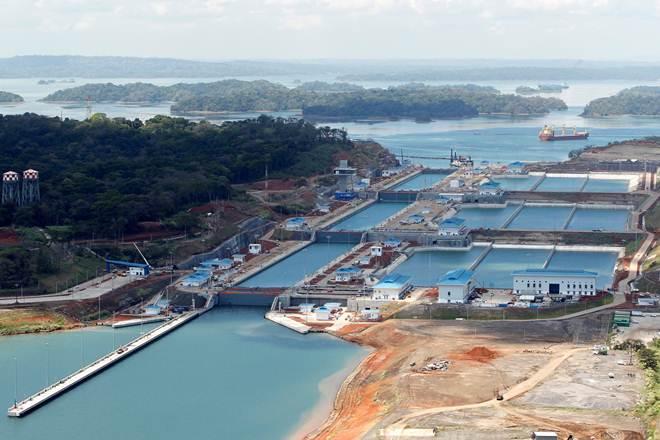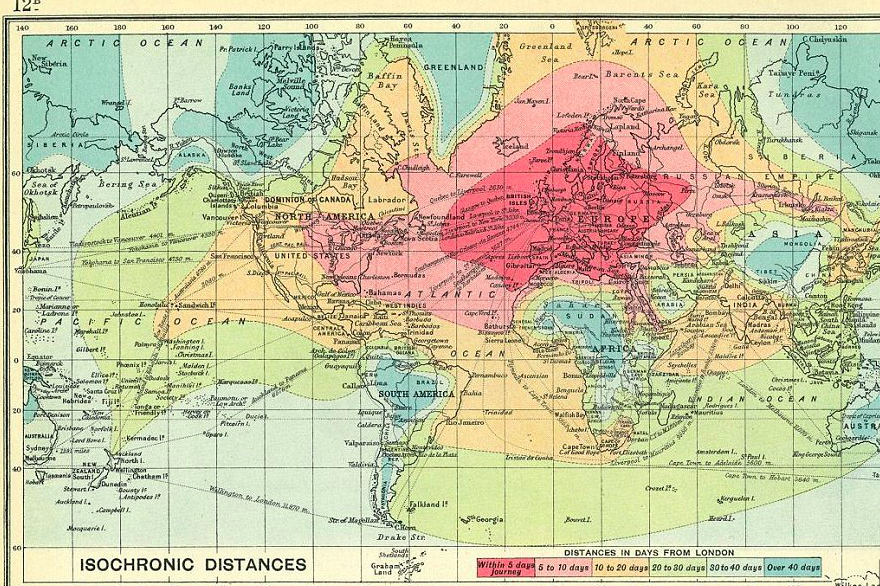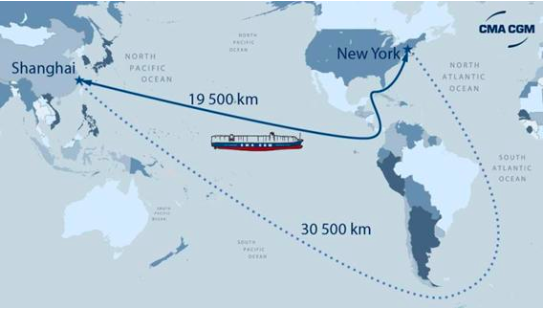Geographically, The Panama Canal severed the land connection between North and South America to unite the Pacific and Atlantic oceans and create a valuable trade route. The construction was first undertaken in 1880 by a French company and quickly abandoned chiefly due to lack of resources. In 1904, The United States began a successful, yet troubled, ten years of construction to create a canal through the Isthmus of Panama and a wonder of engineering.

An aerial view of the Panama Canal, Panama May 11, 2016.
REUTERS/Carlos Jasso/File Photo

